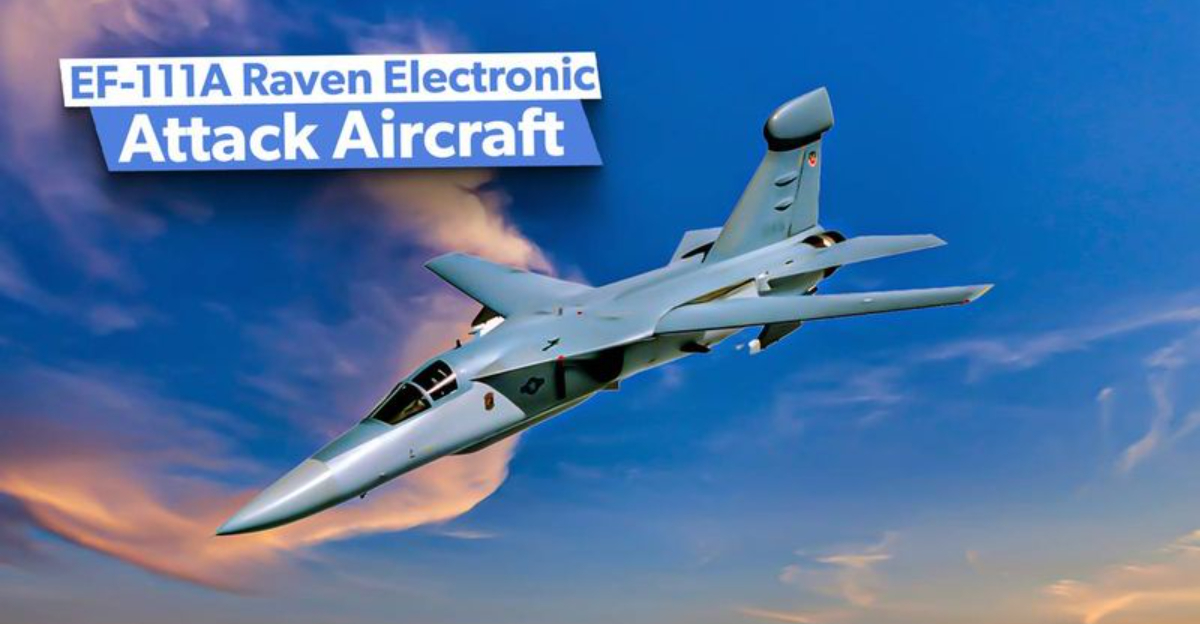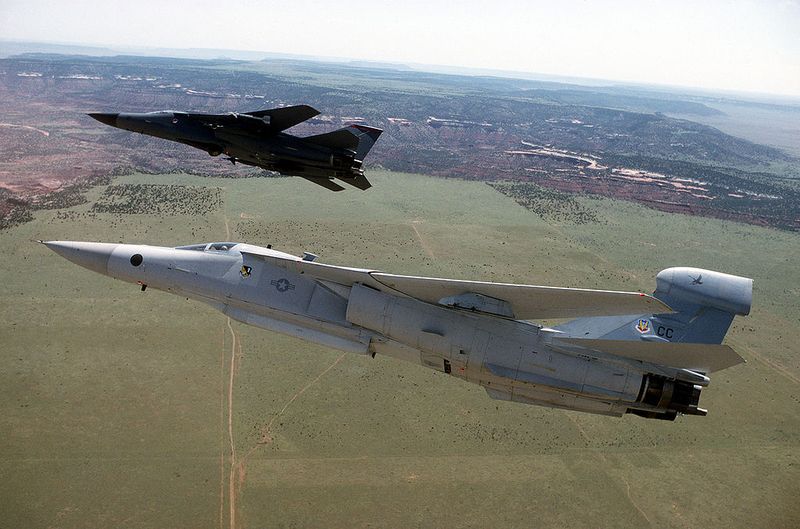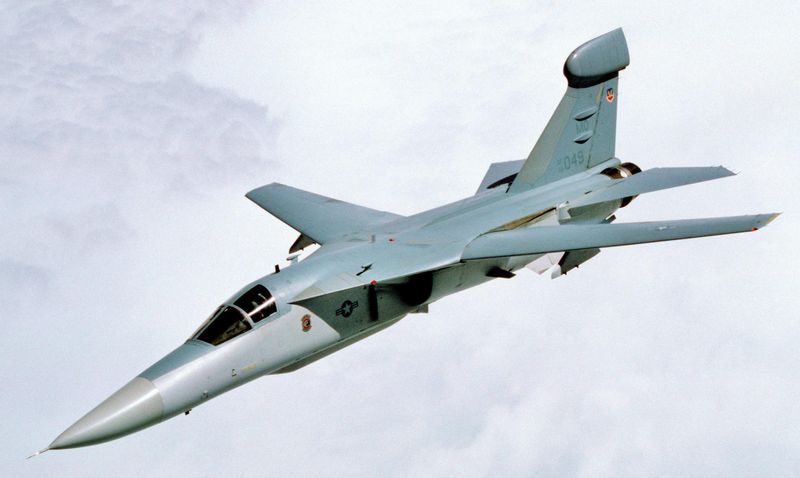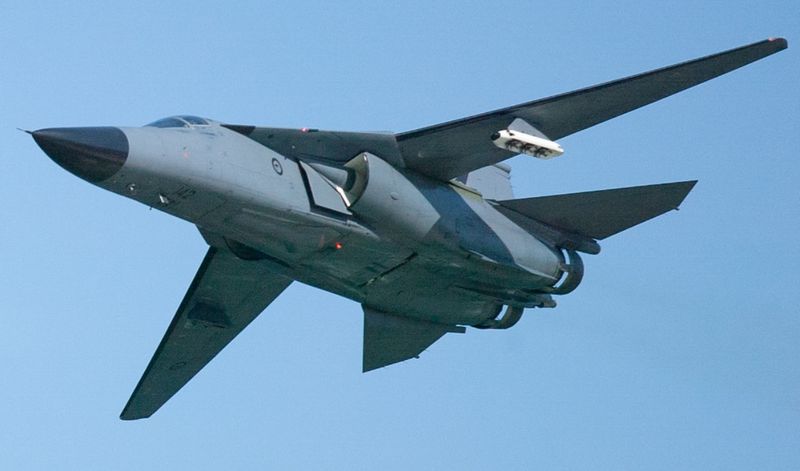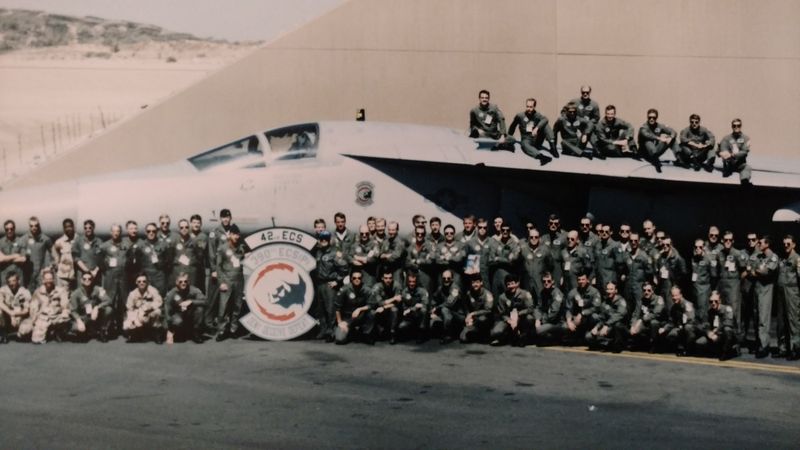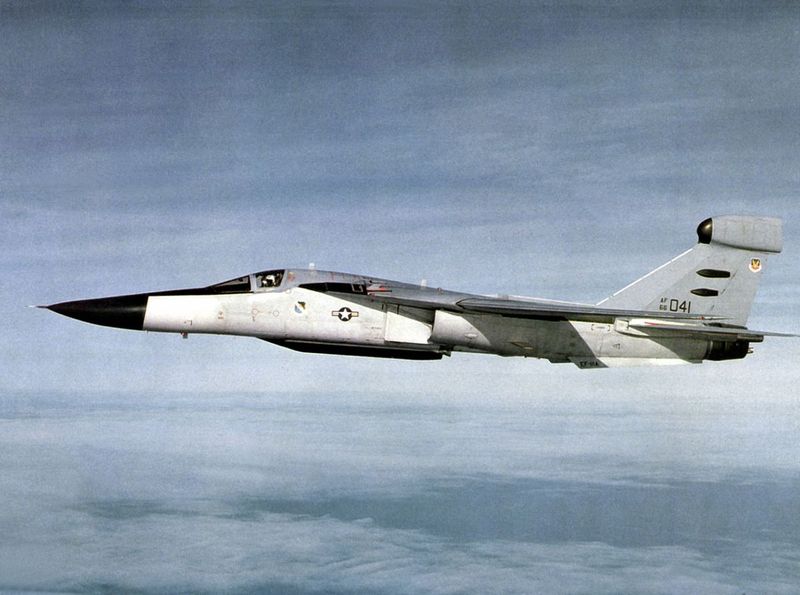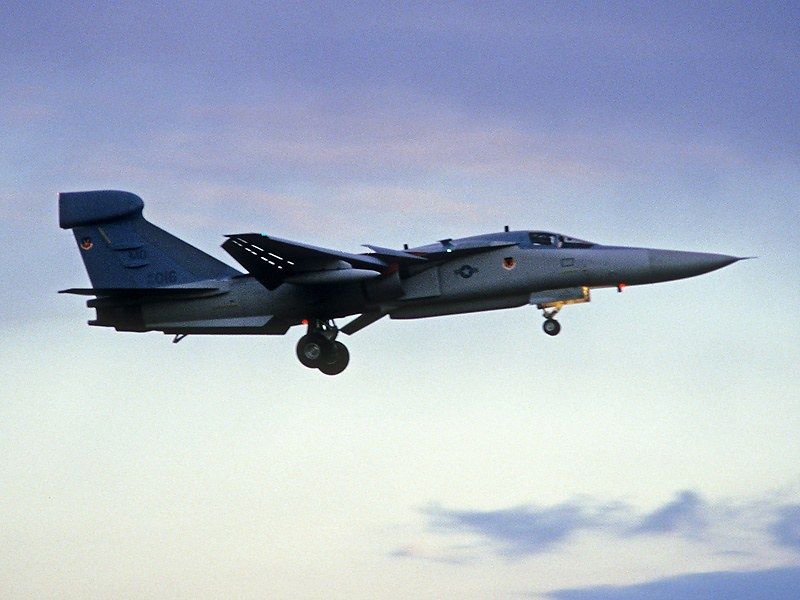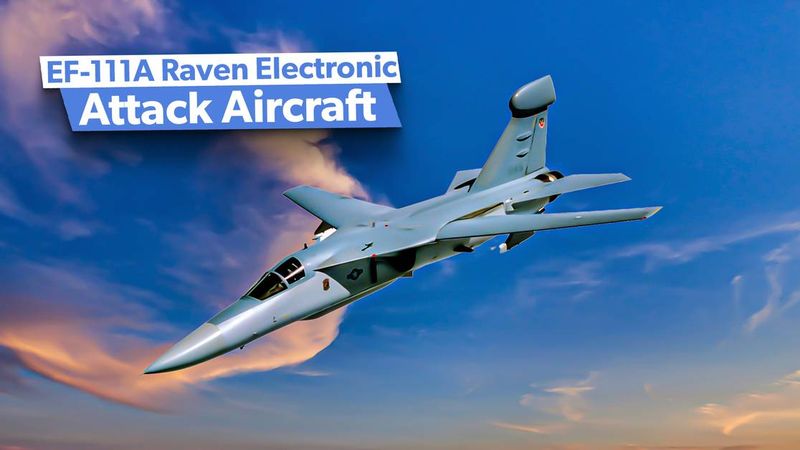During the opening days of Operation Desert Storm in 1991, something extraordinary happened in the skies over Iraq.
An unarmed American electronic warfare aircraft, the EF-111A Raven, managed to defeat an armed Iraqi Mirage fighter without firing a single shot.
This unusual aerial victory became one of the most fascinating stories from the Gulf War, demonstrating that sometimes skill and quick thinking can overcome firepower.
1. Night of the Electronic Warrior
January 17, 1991 marked the first night of Operation Desert Storm’s air campaign. As coalition forces launched massive strikes against Iraqi targets, an EF-111A Raven with call sign “Raven 41” slipped into enemy airspace.
Unlike traditional fighters, this specialized aircraft carried no missiles or guns—only sophisticated electronic equipment designed to jam enemy radar systems. Captains James Denton and Brent Brandon crewed the Raven, providing essential cover for strike packages by blinding Iraqi air defenses.
Their mission: create a protective electronic umbrella so bombing runs could proceed undetected. Little did they know they’d soon make military aviation history.
2. David vs. Goliath in the Sky
The confrontation began when Iraqi air defense radars detected the Raven’s presence. A Mirage F1EQ fighter—fully armed with air-to-air missiles—scrambled to intercept the electronic intruder.
The matchup was decidedly uneven. The Mirage, designed as a frontline interceptor, carried lethal weapons and possessed superior maneuverability. In contrast, the EF-111A was essentially a converted bomber, heavier and less agile, with its only defense being electronic countermeasures and the skill of its crew.
When the Mirage locked its targeting radar onto the American aircraft, the Raven crew faced a life-or-death situation with no offensive options.
3. The Desperate Dive
With warning systems blaring, Captains Denton and Brandon realized they were being hunted. The Iraqi Mirage had achieved radar lock—typically the last thing a targeted aircraft hears before destruction.
Responding instinctively, Denton pushed the Raven into a steep, aggressive dive toward the desert floor. The maneuver, dangerous even in daylight, was especially perilous in the pitch-black conditions of the combat night.
The Raven plummeted from cruising altitude, accelerating to near maximum speed as it headed for the terrain below. Their gamble? Force the pursuing Mirage pilot to make split-second decisions in conditions that favored experience over aggression.
4. Fatal Pursuit
The Iraqi pilot, determined to score a kill, followed the Raven into its desperate dive. What followed became a deadly game of chicken with the ground.
Flying at night requires intense concentration and instrument discipline. The Iraqi pilot, focused on his target and perhaps lacking the extensive night-flying experience of his American counterparts, maintained pursuit as both aircraft hurtled toward the earth at tremendous speed.
The Raven crew, precisely timing their escape maneuver, pulled up sharply at the last possible moment. The pursuing Mirage, a heartbeat too late in recognizing the danger, couldn’t match the recovery and slammed into the desert terrain at high speed.
5. Victory Without Weapons
The Raven crew felt the shockwave as the Mirage exploded behind them. Stunned, they realized what had happened—they’d achieved an aerial victory without firing a single shot.
Military aviation records contain few instances of unarmed aircraft defeating armed opponents. The EF-111A’s victory represented a unique achievement: the first “kill” credited to an electronic warfare aircraft and the only aerial victory recorded by any EF-111A during its operational history.
Though unconventional, the engagement met all criteria for an official kill. The Raven had directly caused the enemy aircraft’s destruction through aerial combat maneuvering, earning Denton and Brandon a place in military aviation history.
6. Heroes of Electronic Warfare
Captains Denton and Brandon returned to base with an extraordinary story that initially met with disbelief. How could an unarmed electronic warfare platform down a fighter? The truth soon emerged through mission debriefings and subsequent intelligence reports.
Their quick thinking under extreme pressure highlighted the importance of crew coordination and training. While electronic warfare specialists typically operated in supporting roles, this incident demonstrated their direct impact on combat outcomes.
The Air Force recognized their achievement with Distinguished Flying Crosses, celebrating not just their survival but their contribution to establishing air superiority during those crucial early hours of the air campaign.
7. Legacy of the Phantom Kill
The “phantom kill” quickly became legendary within military aviation circles. It demonstrated that electronic warfare wasn’t merely defensive but could directly influence combat outcomes—a lesson that shaped future air combat doctrine.
Military planners took note: the incident validated investments in electronic warfare capabilities and highlighted the importance of pilot training in extreme situations. For Iraq, the loss reinforced the technological and training advantages held by coalition forces.
Though the EF-111A Raven fleet was eventually retired in 1998, this unique aerial victory ensures its place in military history. The incident remains studied at military academies as an example of how ingenuity and skill can overcome conventional disadvantages in combat.
